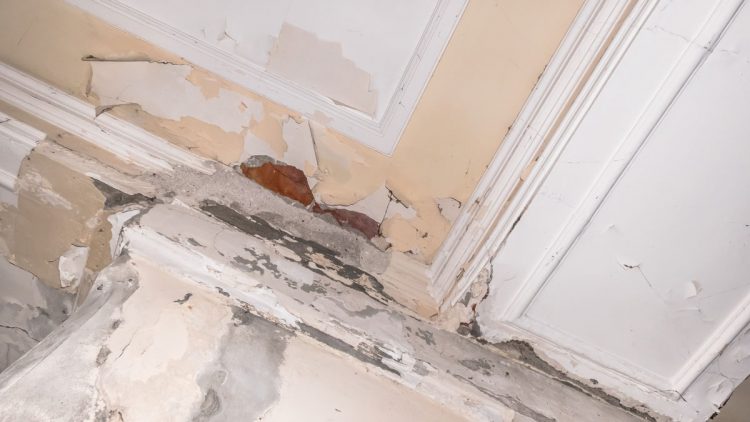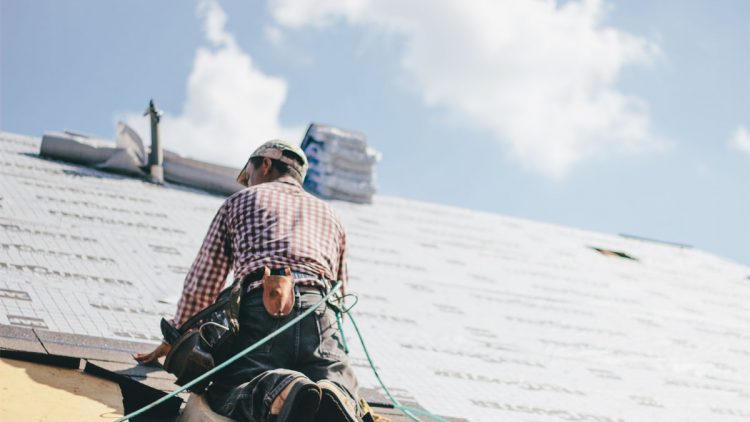How To Fix A Roof Leak From The Inside
A roof leak will generally result from a heavy rainstorm, forcing homeowners to make repairs on the spot. If you are searching for “how to fix a roof leak from the inside,” then let this post serve as your guide. Keep reading to find out all the steps you should take to properly fix your leaking roof.
How To Patch A Leaking Roof
Heavy rainfall can quickly escalate into major roofing damage. Needless to say, time is of the essence whenever you notice a leak developing inside your home. Follow these four steps to efficiently fix any leakage.
- Step 1: Get to the attic.
- Step 2: Locate the leak.
- Step 3: Make temporary leak patch.
- Step 4: Map the leak.
Get To The Attic
The first step you need to take when attempting any repairs is find access to the attic and get to that area of the home. Start by removing insulation from the drywall, then removing any standing water gently with a sponge. To perform this task you must have a piece of plywood laid across the ceiling joists for your work area. Bring a bucket to wring the water into, as well.
Locate The Leak
Once you’re in the attic, the next step is to find exactly where the leak originated. Follow the path of the water as well as you can to find exactly where the leak is coming through. Often times, due to various roof shapes and slopes, the leak could have started much further away than it may appear.
Make Temporary Leak Patch
Once the leak has been located, homeowners can make a temporary patch from a piece of plywood or shingle with some roofing tar. Using a putty knife, carefully spread the tar into the leaking hole on the inside of the roof. Now place the shingle or plywood onto the tar. Spread more tar around the edging of your temporary patch.
Map The Leak
Use measuring tape to track exactly where the leak runs from. This is done so you can find the leaking pattern once the rain has stopped. You can also take the same actions to locate the leaky area on the outside of your roof, but please take the necessary precautions when on the roof. Add more tar to the area when completely dried, if you desire.
Trouble Finding Leak On Roof
Not being able to locate exactly where the leak is can be a common problem. You must act quickly, though, and cover the area with some sort of plastic covering. Roof plastic can be purchased at any hardware store. Buy some plastic covering and use some sort of wood to hold the plastic down once placed in the right location. First, cut the plastic to the exact length needed. Use a staple gun to attach the plastic to your wood anchors. Place the final covering on the roof while exercising caution in the attic.
Professional Flat Roofing Installation Services
Do you need a flat roof installed or repaired? Our team installs whichever roofing material you want the right way, the first time. We strictly used the highest quality and longest lasting roofing materials to ensure our customer’s satisfaction. Paul’s Roofing can help with installation of flat roofing, shingle roofing, tile roofing, spray foam roofing and more. Contact us for a quote or call us at 480-964-4006 for more information.


